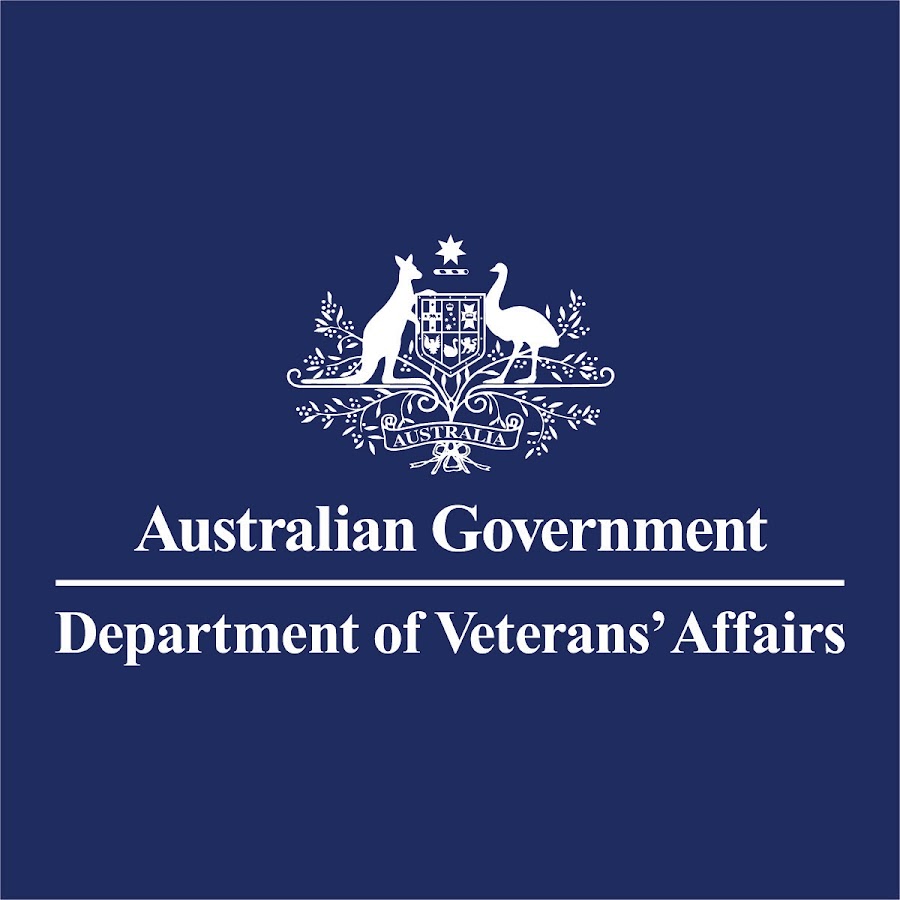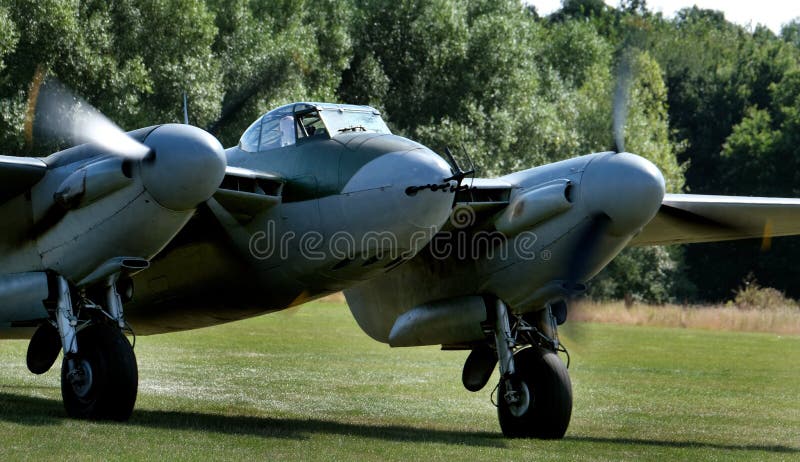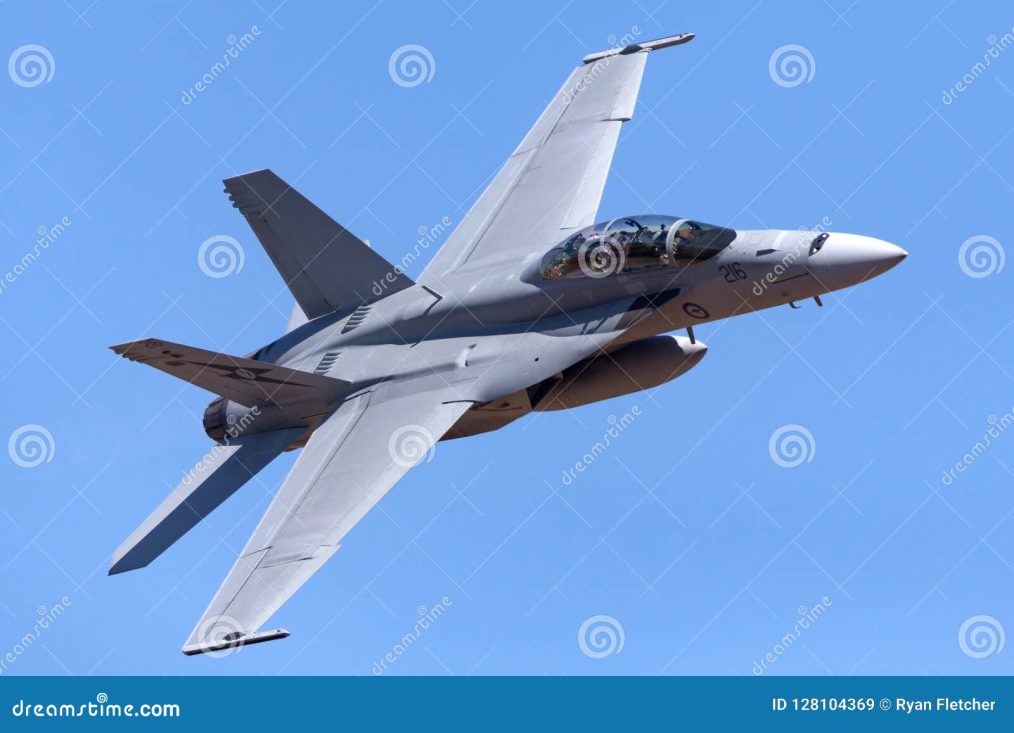The Minister for Defence Richard Marles, in a media conference in Geelong on December 22, stated that the government is exploring various options to maximize the value of the grounded MRH-90 Taipan helicopter fleet. Despite Australia reaching out to NH90 operator countries and other parties, no interest has been shown in acquiring the entire aircraft. However, efforts persist to find potential buyers interested in spare parts or the complete fleet.
No international allies have expressed interest in acquiring the MRH-90 Taipan helicopters, which are currently undergoing disassembly. Disassembly is carried out by industry partners using standard procedures, though rumours about burying the aircraft underground remain unconfirmed.
The MRH-90 fleet was grounded earlier in the year due to a series of accidents, including a crash during Exercise Talisman Sabre in July 2023 and another incident during counterterrorism training in March. The decision to retire the fleet was announced in September 2023, as the MRH-90 project faced challenges meeting Defence’s capability, availability, and affordability requirements.
To replace the MRH-90, Australia has expedited the introduction of 40 UH-60M Black Hawk helicopters under the LAND 4507 Phase 1 Multi-Role Helicopter Rapid Replacement Project, announced in January 2023. Additionally, new AH-64E Apache helicopters are expected to join the Australian Army in 2025.
Assistant Minister for Defence Matt Thistlethwaite emphasized Australia’s commitment to safety during the testing and verification process for the Black Hawk helicopters. Despite the Taipan fleet being decommissioned, he stated that there have been no requests from Ukraine for Australia’s helicopters, and the decommissioning process will proceed as usual.
Thistlethwaite highlighted Australia’s significant contributions to the resistance effort in Ukraine, including military equipment and humanitarian support. He emphasized that decisions are made based on advice from the Australian Defence Force and in cooperation with the Ukrainian military. The ongoing safety investigation by civil aviation and military safety authorities will determine the findings, but the decommissioning of the Taipan helicopters will proceed as planned, prioritising safety in the Australian Defence Force’s equipment.








